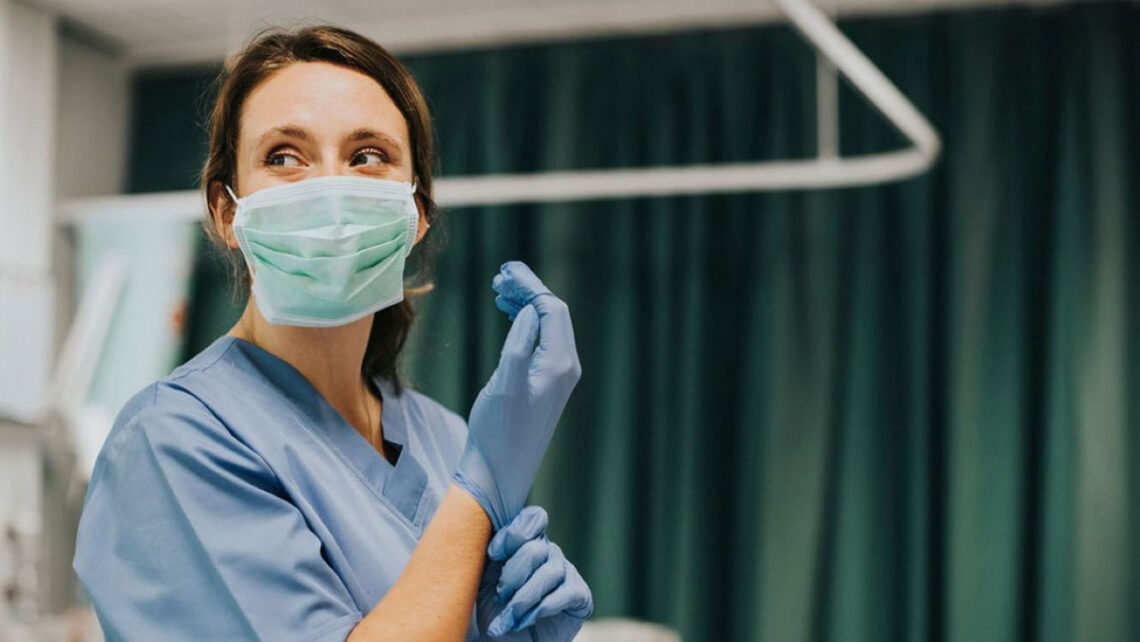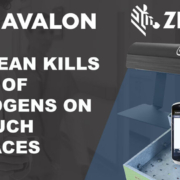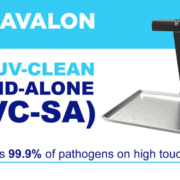I can’t believe it was only February 20th when my blog posting started with “Unemployment is at a 40 year low”.
While 2019 was all about maximizing labor productivity, 2020 is shaping up to be about how we can all get back to work as safely as possible.
Here are some of the ways that we are helping our clients implement current best practices:
Signage everywhere should be project #1.
Signage – Back in WW2, you couldn’t walk 10 feet at a government facility or factory making war materials without passing a sign that said “Loose lips sink ships” or something similar. It only takes one person to speak out of turn to give the enemy an advantage. Today’s enemy is the virus, and it only takes one or two folks to give it a foothold in a community. We need people wearing masks, maintaining distance, and disinfecting shared surfaces and devices to minimize exposure and spread. We’ve got a huge collection of signage of various sorts that our clients can post throughout their facilities to constantly remind people to stay safe.
Disinfection everywhere should be project #2.

Disinfection cycles for shared devices – While you can protect yourself from some diseases by wearing gloves, COVID-19 required more in-depth strategies than that. Rather than gloves, constant disinfection of shared devices and surfaces is the way to go. Hospitals and hair salons/barbershops have long used UV light for this purpose, and UV light can be a great way to constantly disinfect things like mobile computers, tools, printers, and keyboards on shared PCs. We’ve got a collection of UV light-based products, long used in hospital settings, available for our clients.
Employee and visitor screening should be project #3.
![]()
Employee and visitor screening – Keeping sick people out of your facility keeps your employees safe. The best way to do that is via thermal imaging cameras. We’ve got a selection of cameras that can passively monitor employees and visitors as they enter, alerting you to ones that may be running a fever (for future screening). The cameras can also optionally check for mask usage.
Social distance monitoring and tracing should be project #4.
Real-time social distance monitoring and contact tracing – For our clients lucky enough to have deployed Zebra Android devices in the past few years, we have a solution that can enforce social distancing and also provide for historical contact tracing, via Bluetooth tags. When one user of a Zebra device gets too close to another, both of their devices beep, vibrate and remind them to separate. And, weeks later, when one of them is diagnosed, you can see exactly who they were in contact with and for how long. In the near term future, we expect these technologies to become available on non Zebra devices as well, including employees’ phones (You’ll still need a Zebra Bluetooth tag per employee though for best results).
We hope that it won’t be long before we can get back to figuring out how to maximize employee productivity. In the interim though, please look to us to help you get back to work!
For more information on how to implement these projects into your workforce, dial Dan McCabe for a free remote demonstration and assessment of your current workspace.






